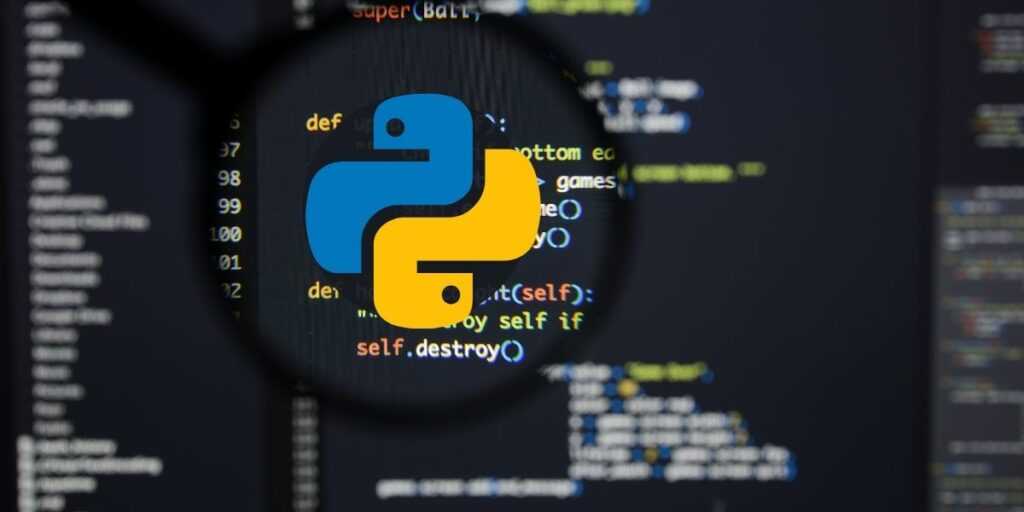Personal Career & Learning Guide for Data Analyst, Data Engineer and Data Scientist
As a business analyst, it’s important to write code that is not only functional, but also easy to understand and maintain over time. This is where comments and documentation come in. In this article, we’ll be discussing the importance of comments and documentation in Python for business analytics.
Comments in Python are lines of text in your code that are ignored by the Python interpreter. They are used to add human-readable explanations and notes to your code, making it easier to understand what the code is doing. Comments are a great way to add context and explain the purpose of your code, especially if it’s complex or involves multiple steps.
In Python, you can add comments to your code by starting a line with the pound symbol (#). For example:
# This is a comment in PythonDocumentation in Python is a more formal way of adding explanations and information to your code. It’s often used to explain the purpose of a code module, how it should be used, and what it returns. Documentation can be written using a special syntax known as docstrings, which are string literals that are used to provide information about a code module.
In Python, you can add documentation to a code module by writing a docstring immediately after the module header. For example:
def my_function():
"""
This is a docstring for my_function.
It explains what the function does and how it should be used.
"""Both comments and documentation are essential for creating code that is easy to understand and maintain. When working with Python for business analytics, it’s important to make a habit of adding comments and documentation to your code. This will make it easier for you and others to understand your code in the future, and will also make it easier to make changes and updates to your code over time.
In addition, adding comments and documentation to your code can also improve its overall quality. By adding explanations and information to your code, you can help ensure that it’s well-structured and easy to follow, making it a valuable tool for business analysis projects.
In a nutshell, I would like to say that, comments and documentation are essential for creating code that is easy to understand and maintain in Python for business analytics. By making a habit of adding comments and documentation to your code, you can ensure that your code is well-structured, easy to follow, and a valuable tool for business analysis projects. Whether you’re just getting started with Python or have been using it for a while, understanding the importance of comments and documentation will help you write code that is both functional and easy to understand.
Python for Business Analytics – Chapter 4: Comments and Documentation
 Loading...
Loading...
Latest end-to-end Learn by Coding Projects (Jupyter Notebooks) in Python and R:
All Notebooks in One Bundle: Data Science Recipes and Examples in Python & R.
End-to-End Python Machine Learning Recipes & Examples.
End-to-End R Machine Learning Recipes & Examples.
Applied Statistics with R for Beginners and Business Professionals
Data Science and Machine Learning Projects in Python: Tabular Data Analytics
Data Science and Machine Learning Projects in R: Tabular Data Analytics
Python Machine Learning & Data Science Recipes: Learn by Coding
R Machine Learning & Data Science Recipes: Learn by Coding
Comparing Different Machine Learning Algorithms in Python for Classification (FREE)
There are 2000+ End-to-End Python & R Notebooks are available to build Professional Portfolio as a Data Scientist and/or Machine Learning Specialist. All Notebooks are only $29.95. We would like to request you to have a look at the website for FREE the end-to-end notebooks, and then decide whether you would like to purchase or not.
